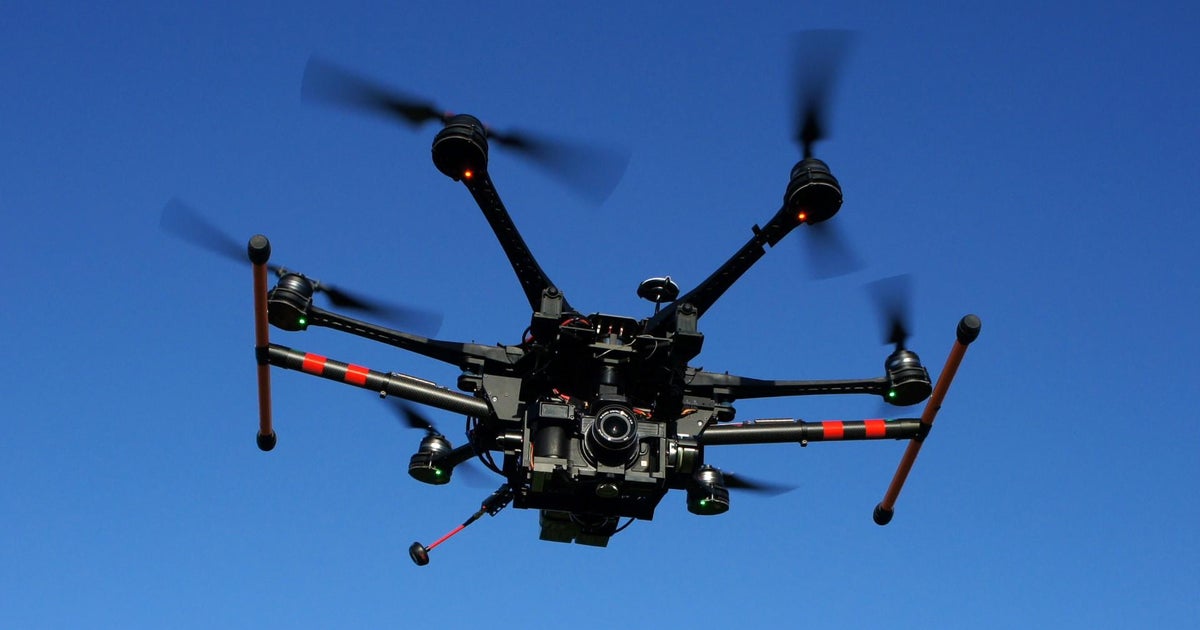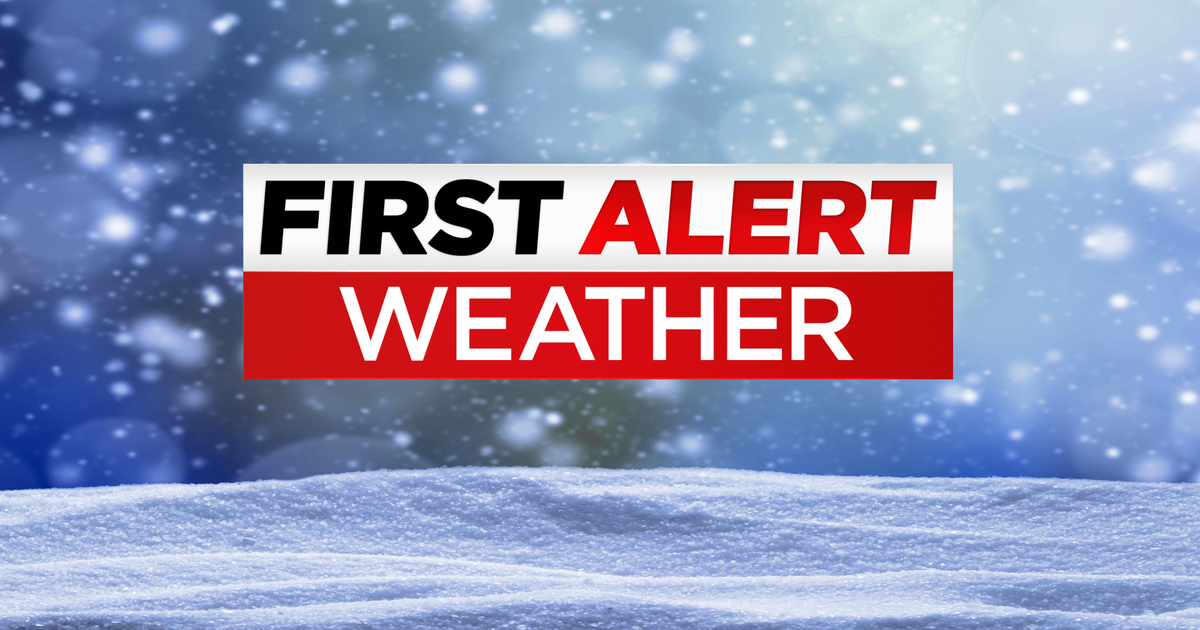Westchester installs railroad-style gates to close flooded parkways
WESTCHESTER COUNTY, N.Y. -- New York City's northern suburbs are using a new tactic to keep drivers off dangerously-flooded parkways.
Westchester County is testing brightly-colored barriers that resemble railroad crossing arms at a handful of parkway entrances.
Westchester parkways built in floodplains
When it floods, traffic cones and barricades have been used to facilitate parkway closures. But many drivers end up ignoring the warnings and proceed into danger.
"They'll even get out of their cars and move the cones out of the way and proceed forward," Westchester DPW Deputy Commissioner Hernane De Almeida said.
The four north-south parkways in southern Westchester were all built in floodplains, where heavy rain typically causes multiple closures every year.
According to De Almeida, drivers who get stuck in floodwater put themselves and first responders at risk. So, the county is trying something new.
The crossing arms being installed along some parkway entrances, like on the Bronx River Parkway, are part of a pilot project in Westchester.
The arms are manually operated; road crews and first responders will have a code to unlock and lower them when necessary.
"So we're hoping with these barricades, it's a little bit more difficult to go around them. It's easier to see and they're quicker to deploy, and they're always at the ready," De Almeida said.
Replacing an impractical system
Fifteen years ago, metal cabinets with flexible netting stored inside were installed at multiple parkway entrances. It seemed like a good way to block the entrances at the time, but ultimately proved to be impractical.
"They didn't last the test of time," De Almeida said.
Westchester believes the railroad-style barriers will be easier to install, maintain and deploy.
"I think it's a smart idea. We've been having a lot of unnatural floods lately," said Delton Carney, of the Bronx. "You don't want people getting their cars in trouble."
The county is waiting for several weather events to test the system before deciding whether to install more railroad-style barriers.




